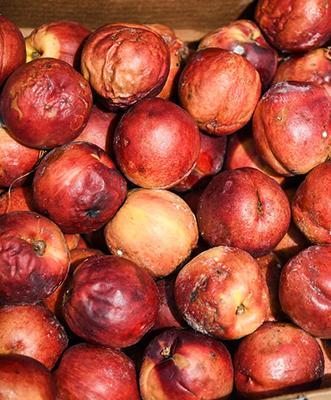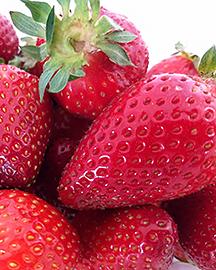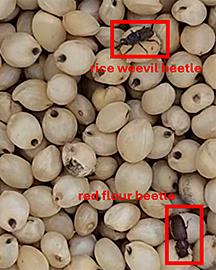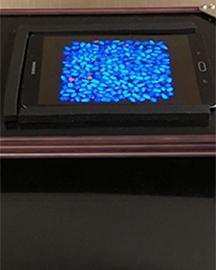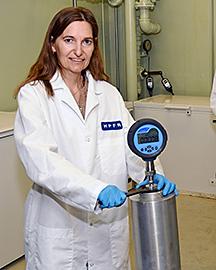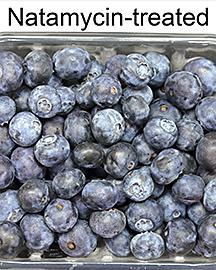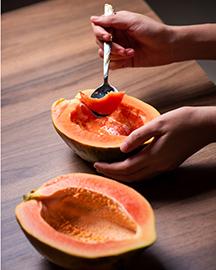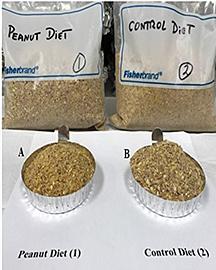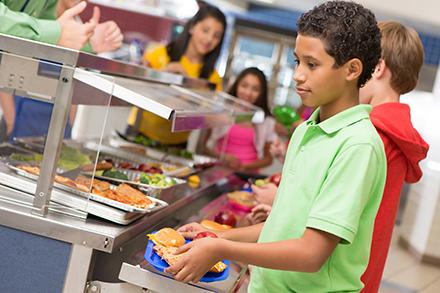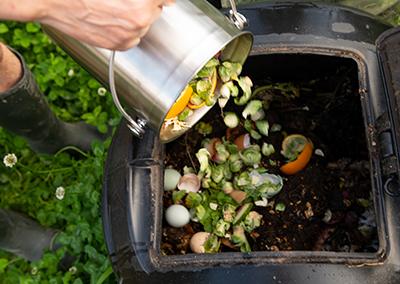
The Agricultural Research Service (ARS) is the U.S. Department of Agriculture’s chief scientific in-house research agency. Our job is finding solutions to agricultural problems that affect Americans every day, from field to table. ARS conducts research across the country and internationally to deliver scientific solutions to national and global agricultural challenges. One of those challenges is finding ways to reduce food loss and waste.
What is ARS’s Role in Reducing Food Loss and Waste?
ARS researchers are on the forefront of finding innovative solutions to help reduce food loss and waste. While the agency does not receive direct funding for food loss and waste programs, we conduct research nationwide that aims to reduce food loss and waste in homes, schools, farms, and businesses, as well as converting it into value-added products such as bioplastics, biochemicals, and biobased alternatives to fossil fuels.




